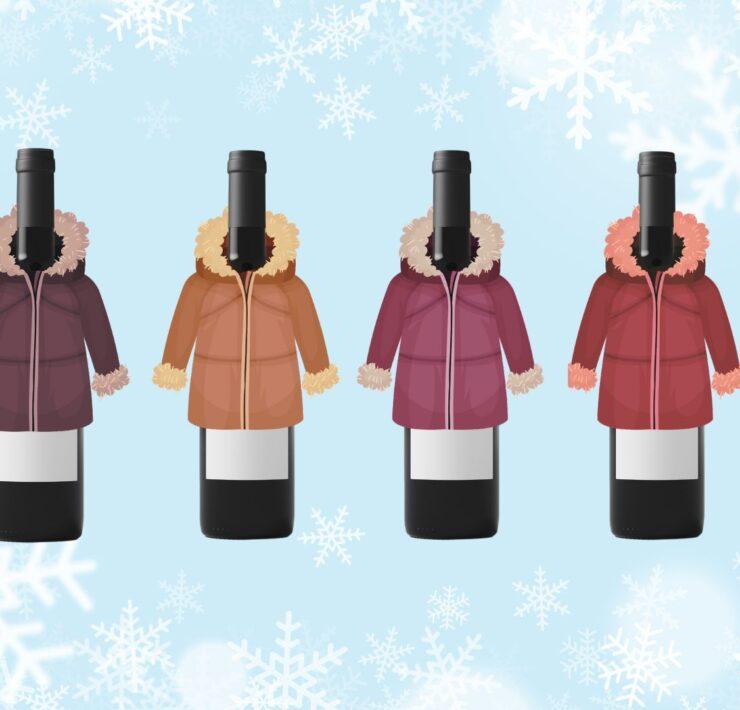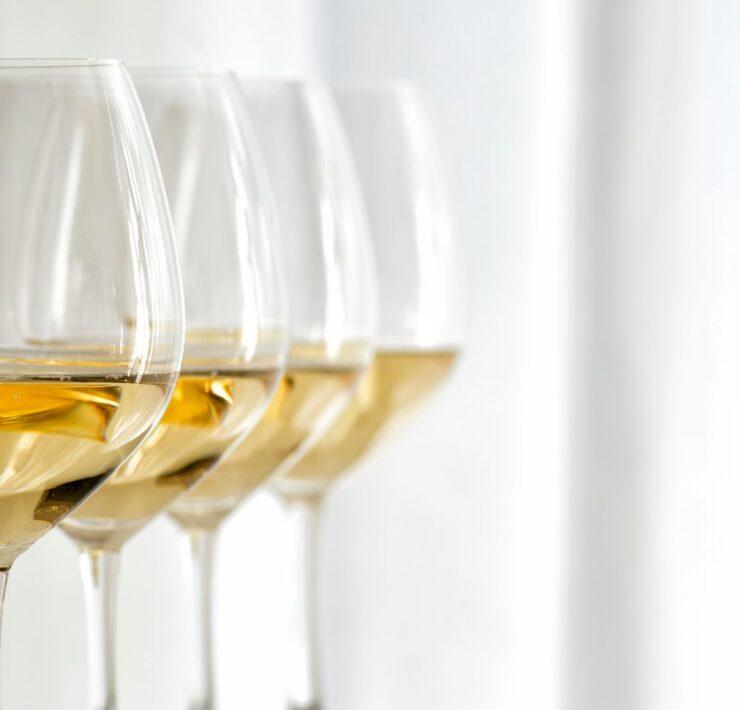Wine enthusiasts cannot and should not ignore the noble lineage of Sauvignon Blanc. This vivacious grape variety is responsible for the birth of the international renown king of red grapes, Cabernet Sauvignon.
Perhaps this makes Sauvignon Blanc the ‘King Father’ (or ‘Queen Mother’) after all? Rightfully so! It’s the second most planted white grape variety in France, after Chardonnay. It’s also one of the most popular white grape varieties worldwide, producing aromatically charming wines.
The Origins of Sauvignon Blanc
The birthplace of Sauvignon Blanc is likely the Loire Valley in France. The grape’s name is rather etymologically descriptive, as the word ‘Sauvignon’ derives from sauvage, French for ‘wild’, and an adjective that aptly describes its wild and vigorous nature. Its vines grow so vigorously that winegrowers must control the canopy to maintain the grapes’ quality.
Tracing its lineage up the family tree, one would learn that Sauvignon Blanc is an offspring of Savagnin. This ancient grape gave birth to other endearing varieties such as Loire’s darling Chenin Blanc, Austrian superstar Grüner Veltliner, and Alsatian Silvaner.
At home in the Loire Valley, some of the most iconic examples come from Sancerre, Pouilly-Fumé, and, increasingly, Menetou-Salon. Value-driven expressions derive from the larger Touraine wine production region.
What Sauvignon Blanc Tastes Like
Sauvignon Blanc’s hallmark characteristics include grapefruit, gooseberry, green apple, stone fruits, lime zest, fresh-cut grass, and boxwood shrub. When tasted blind, some may even agree that it makes some of the most easily recognizable varietal wines.
On the palate, expect a youthful and dry profile displaying sharp acidity alongside bright, intense, and angular fruit characters.
Although most versions are meant to be consumed in their youth, cellar-worthy examples do exist.
Sauvignon Blanc in Sancerre and Pouilly-Fumé
“It is in the Loire that Sauvignon Blanc finds its purest expression in France, notably in Sancerre… and Pouilly-Fume.”
Robinson, Harding, Vouillamoz, 2012
The above authors possibly hint that discussing Sauvignon Blanc would be a crime without mentioning these quintessential Loire appellations.
Sancerre and Pouilly Fumé are the most famous wine-producing Loire regions, making expressions that range from bright and elegant to broad and full with distinctive Loire tenderness, mineral notes, and herbal nuances.
All white wines that are labeled as Sancerre and Pouilly-Fumé are made of 100% Sauvignon Blanc. No exception.
Its Role in Sauternes
Sauternes is the most celebrated among France’s sweet wine producing regions. There, Sauvignon Blanc blends with Semillon and Muscadelle, a common combination in sweet Bordeaux white wines.
Because of the grape’s laser-sharp quality, it makes a perfect companion to the waxy, unctuous, and lower-acid Semillon, adding freshness and brightness to the resulting blend.
The charm of these dessert wines derives from botrytis, where the grapes are left on the vines to become ‘nobly rotten’. The result is sweet and incredibly complex wines with outstanding ageibility.
Sought-after Sauternes, like versions from Château d’Yquem, can demand hundreds of dollars per half bottle. But value alternatives do exist, such as sweet Jurançon, Barsac, or Loupiac.
Why Versions From New Zealand Are Popular
Establishing roots in a new growing environment can often reveal unknown aspects of a grape’s character. It happened when Sauvignon Blanc traveled to Marlborough, New Zealand, in 1969, reinventing itself.
New Zealand Sauvignon Blanc began winning over the palates of wine drinkers with racy gooseberry and grapefruit aromas and notes of boxwood shrubs in a punchy and unique style.
This vivacity is the reason behind its popularity in Marlborough, where it achieved a level of international stardom that some may argue is more prominent than Loire’s counterpart.
Today, Sauvignon Blanc makes up 72% of New Zealand’s overall wine production — and it is 86% of what the country exports to the rest of the world.
Other Wine Regions that Grow Sauvignon Blanc
Sitting amongst one of the most well-travelled wine grapes, just runner up to Chardonnay, Sauvignon Blanc grows in almost every wine-producing region in the world.
Outside the Loire Valley in France, excellent examples of dry Sauvignon Blanc wines come from the Languedoc in the country’s southwest corner and the Saint-Bris commune of Northern Burgundy.
Across Europe, Sauvignon Blanc grows on the slopes of Italy’s Piedmont, Friuli, and Tuscany.
In the New World, look to California for Sauvignon Blanc wines labeled as Fumé Blanc, in addition to examples from Chile and South Africa.
And in New Zealand, outside of Marlborough, discover more restrained versions in regions such as Wairarapa.
What to Pair with Sauvignon Blanc
Aside from being a great aperitif, Sauvignon Blanc is an excellent food wine. A classic pairing is to marry Sancerre with French goat cheeses, especially Valençay.
The bracing acidity, bright aromatics, and herbaceous qualities of Sauvignon Blanc make a great partner for dishes with delicate flavors, such as sushi, spring salads, and white poultry.









